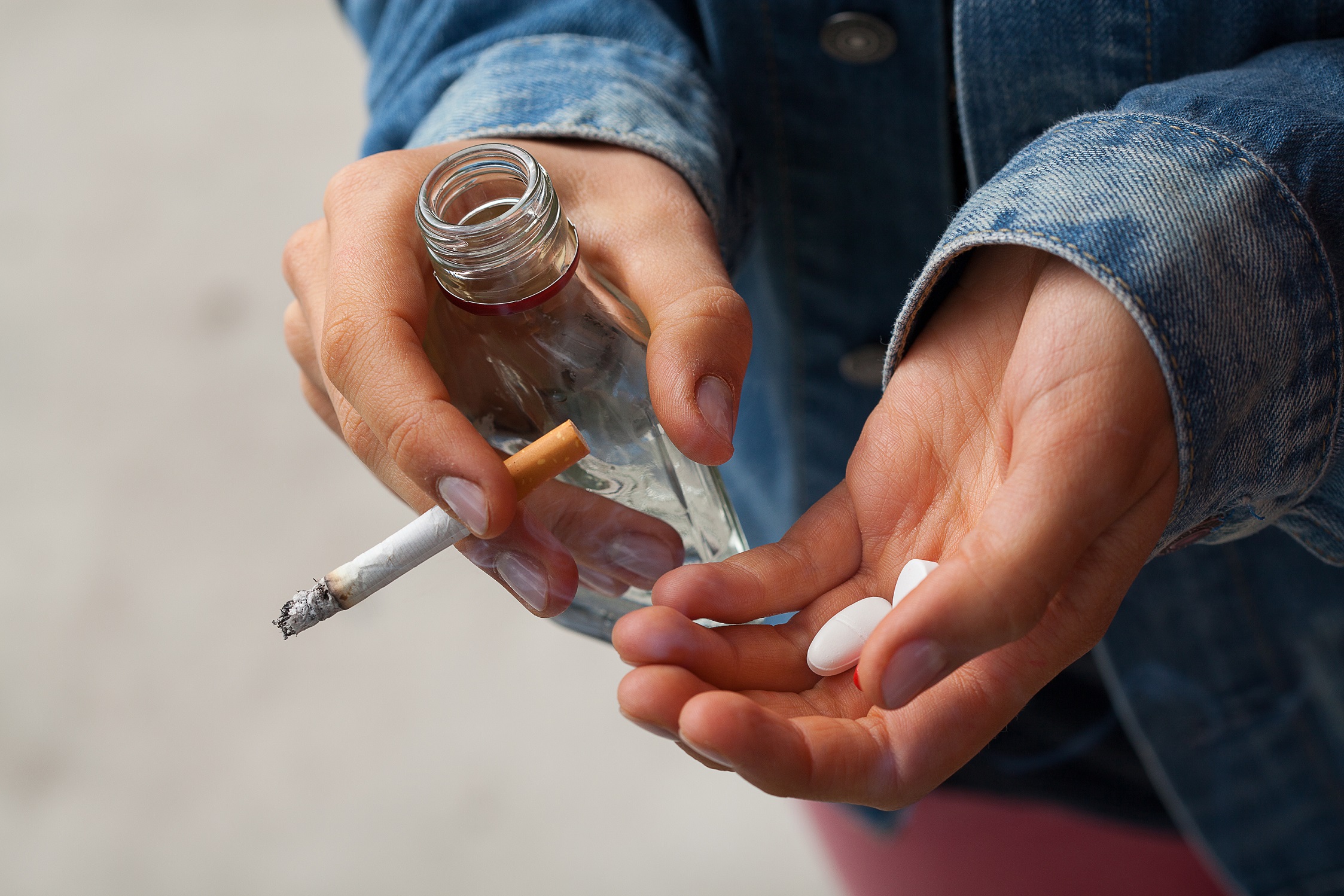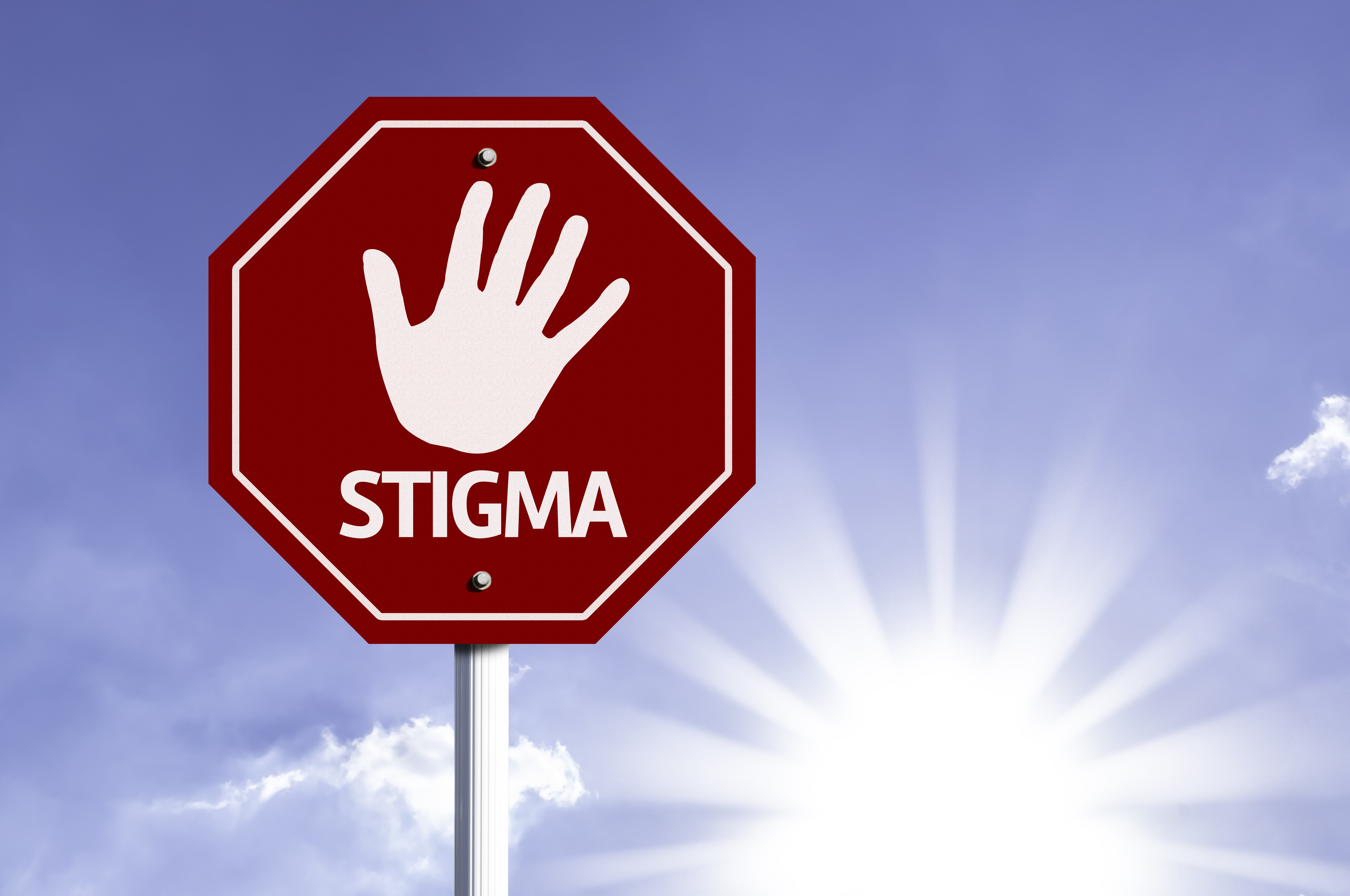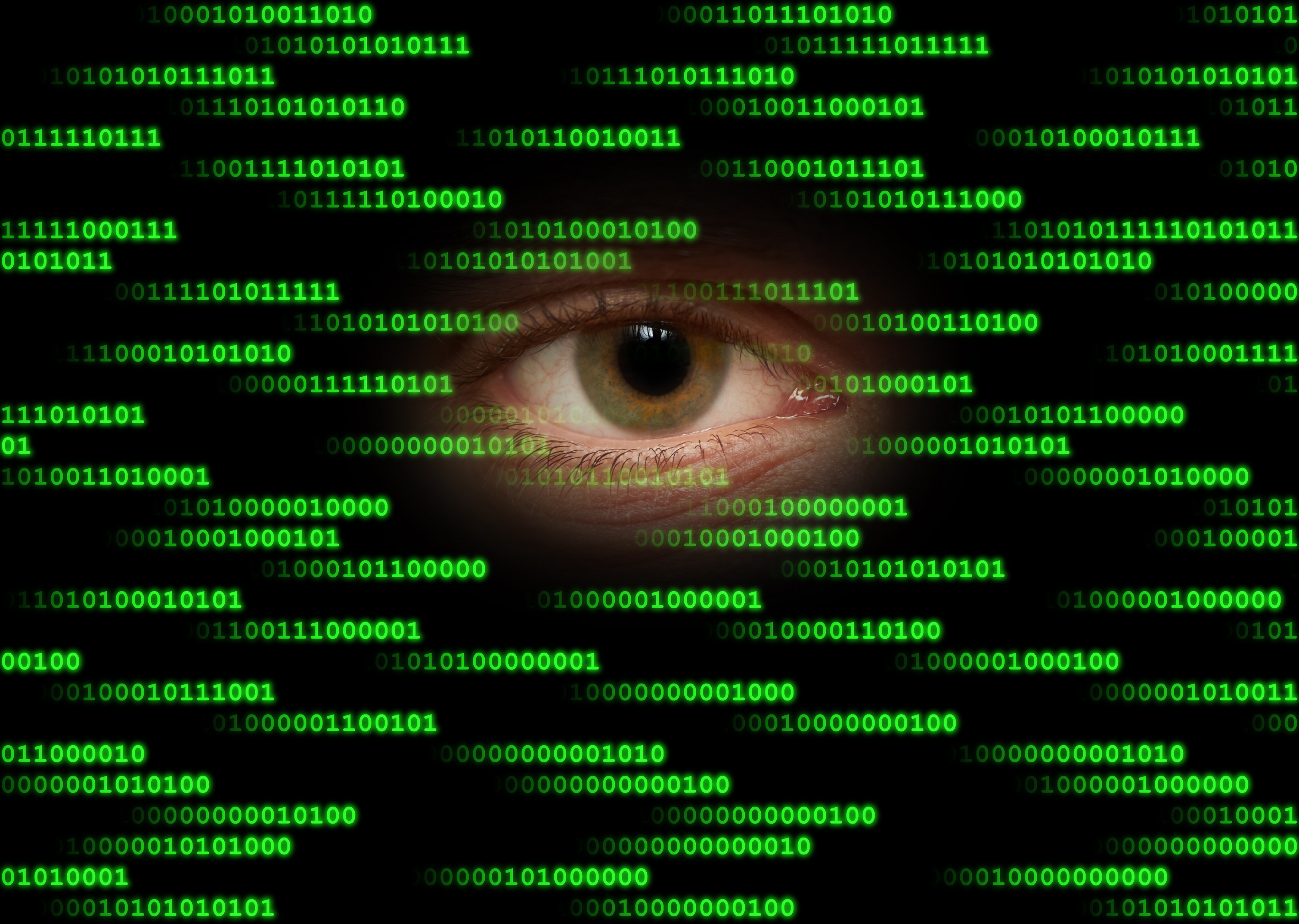Therapies for specific symptoms and populations
Psychotherapies for specific symptoms and populations include therapy for children, for those at risk of developing bipolar disorder, to reduce weight gain, and for people with co-occurring substance use. Click on the links or the tabs below to access all the information, or browse via the drop-down menu on the left.
Image: ©vectorfusionart – stock.adobe.com

Therapies for children
What is childhood bipolar disorder? Bipolar disorder is a chronic psychiatric illness that can have devastating effects on afflicted individuals and their families. It is the sixth leading cause of disability worldwide, and prevalence is estimated to be around 1% in the general adult population. The age of onset of bipolar disorder typically occurs during late adolescence or early adulthood, although onset can occur in childhood. Early-onset bipolar disorder is commonly associated with impairment in multiple domains, including increased risk of psychiatric hospitalisation, antisocial behaviour, addictions and suicidal behaviour. The need to optimise treatments for for these patients for whom…

Therapies for cognition
What is cognitive remediation? Cognitive impairment is an affliction for many people with bipolar disorder, and affects domains including executive function, attention, memory (particularly verbal memory), and social cognition. These deficits interfere considerably with day-to-day function. Cognitive remediation (or rehabilitation) interventions usually take the form of repetitive exercises with or without computers and sometimes augmented by group sessions, strategy coaching and homework exercises, which serve as training for cognitive processes such as memory or attention, as well as social skills and communication. Strategy learning focuses on providing alternative strategies to compensate for the observed difficulties with cognition; in contrast, rehearsal…

Therapies for dual diagnosis
What is dual diagnosis? Dual diagnosis is a term that refers to having both a mental illness such as bipolar disorder and a substance use problem. Studies of dual diagnosis investigate the effectiveness and availability of treatments for improving outcomes relating to either diagnosis, such as symptoms, functioning, quality of life, substance use, or cognitive problems. What is the evidence for treatments for dual diagnosis? Moderate to low quality evidence finds some improvement in symptoms and substance use with cognitive behavioural therapy plus medication. However, these results were not consistently found using different measures of substance use and symptoms. November…

Therapies for first-episode bipolar disorder
What is first-episode bipolar disorder? The course of bipolar disorder and its treatment response tends to worsen over time, highlighting the importance of early intervention. As bipolar disorder cannot be diagnosed on the basis of depression alone, the onset of a manic episode may indicate an underlying bipolar disorder. Interventions for first-episode psychosis or depression have begun to be extended to those with bipolar disorder, however such interventions need to be tailored to suit people with first-episode bipolar disorder, and research is sparse for these patients. What is the evidence for psychosocial treatments for first-episode bipolar disorder? Low quality evidence…

Therapies for high-risk groups
What is high risk for bipolar disorder? People deemed at high risk for bipolar disorder can be identified by having a family history of a mood disorder and/or having subclinical symptoms that are not severe enough for a diagnosis. Subclinical symptoms include depression, difficulty with concentration, episodic mood swings, anxiety, sleep disturbances, and sensitivity to stress. Familial risk accompanied by mood dysregulation or other mood symptomatology could help define the population at high risk of bipolar disorder. Early intervention involves identifying and treating these high-risk individuals as repeated mood episodes put people at risk of poor symptomatic and functional recovery….

Therapies for internalised stigma
What is internalised stigma in people with bipolar disorder? Internalised stigma occurs within an individual, such that a person’s attitude may reinforce a negative self-perception of mental disorders, resulting in reduced sense of self-worth, anticipation of social rejection, and a desire for social distance. Stigma can be an important barrier for people with bipolar disorder to seek out proper treatment. Also see the related topic on stigma under the course and outcomes category. What is the evidence for therapies for internalised stigma? Moderate to high quality evidence suggests a small effect of reduced internalised stigma with targeted interventions comprising psychoeducation…

Therapies for parents with bipolar disorder
Why do parents with bipolar disorders need specialised treatment? Parents with a bipolar disorder may face challenges in accessing and maintaining treatment programs. They may be less likely to seek treatments due to problems finding care for their children, particularly when inpatient care is required, and at short notice. Parents may also find it difficult to properly adhere to treatment programs due to the demands of parenthood. What is the evidence for treatments for parents with bipolar disorder? Only one trial specifically included parents with bipolar disorder and found unclear, low quality evidence for any benefit of the Positive Parenting…

Therapies for trauma-related symptoms
What are trauma-focussed therapies for people with bipolar disorder? Eye Movement Desensitisation and Reprocessing (EMDR) therapy and other trauma-focussed therapies are generally beneficial for patients with post-traumatic stress disorder (PTSD). They are also currently being investigated in patients with other diagnoses who have had exposure to traumatic events. EMDR therapy involves identifying past events that are causing dysfunction, identifying current circumstances that elicit distress, and desensitising internal and external triggers. During EMDR therapy, patients attend to the emotionally disturbing material in brief sequential doses while simultaneously focusing on an external stimulus, usually therapist-directed lateral eye movements. The therapist may teach…

Therapies for treatment non-adherence
What is treatment non-adherence in bipolar disorder? Non-adherence to medication is a widespread issue that can make the clinical management of bipolar disorders problematic. Non-adherence to treatment reduces the likelihood of symptom improvement and increases the likelihood of relapse and hospitalisation. Greater treatment adherence generally improves quality of life, fosters positive attitudes towards treatment, and results in greater insight into the disorder. Also see this related topic on treatment non-adherence under the course and outcomes category. What is the evidence for therapies for treatment non-adherence? Moderate to low quality evidence suggests a medium-sized effect of improved medication adherence with any…

Therapies for weight gain
How are treatments for weight gain related to bipolar disorder? Being overweight is common in people with a serious mental illness, the cause of which may be attributable to lifestyle factors such as poor diet and physical inactivity, and also due to medication side effects. Weight gain is a well-documented side effect of many antipsychotic medications, particularly the newer second-generation medications. This could in part be a result of the wide mode of action of antipsychotic drugs, including disruption of metabolic pathways. Excessive weight gain is a serious health concern, it is associated not only with reduced quality of life…
Green - Topic summary is available.
Orange - Topic summary is being compiled.
Red - Topic summary has no current systematic review available.
